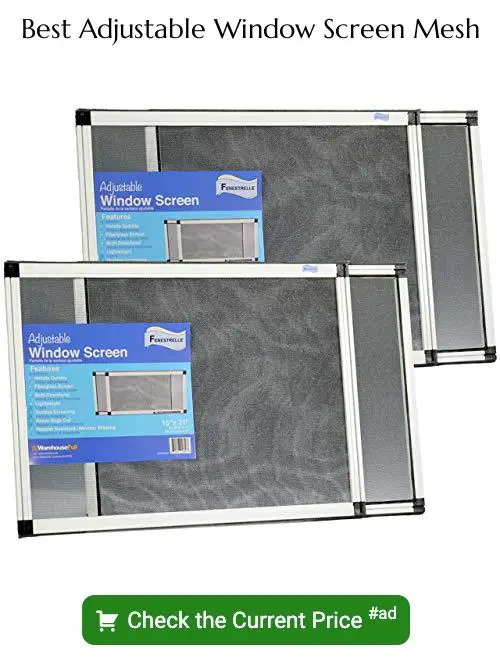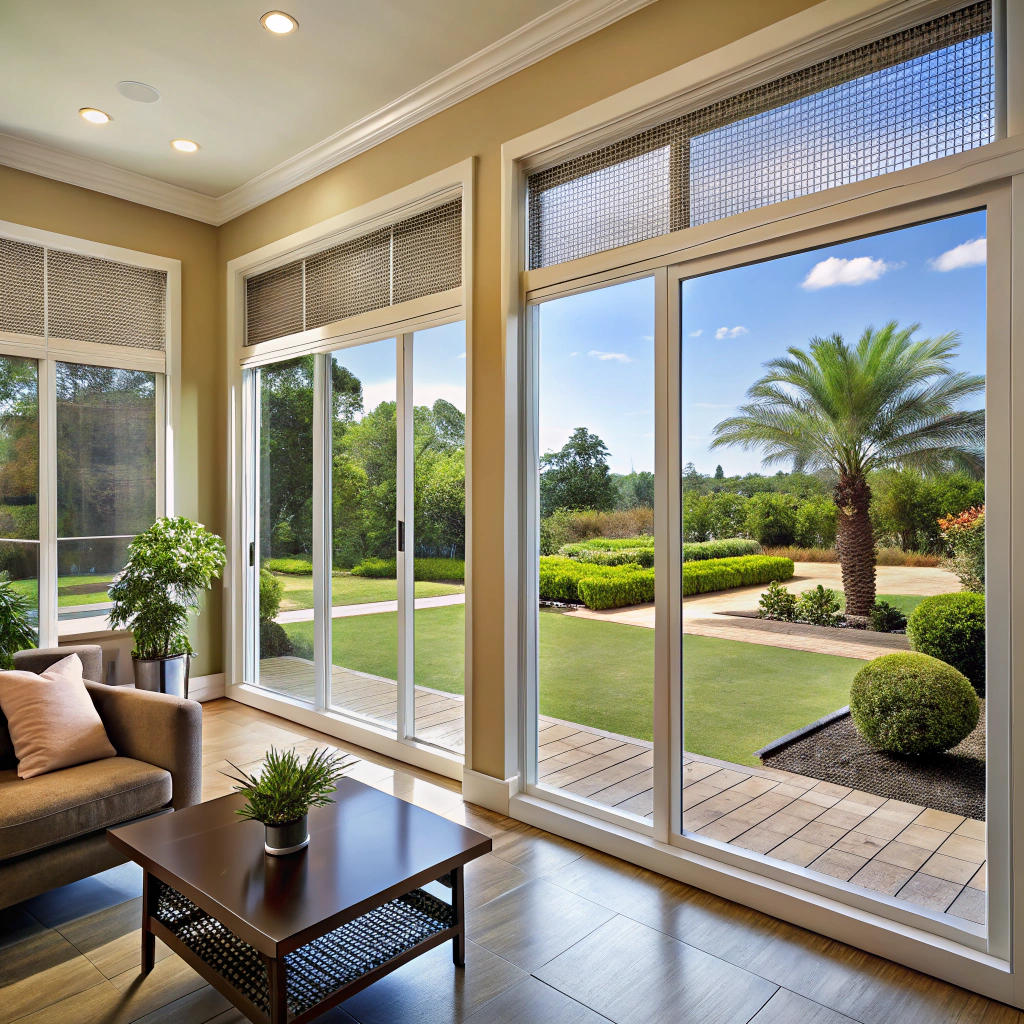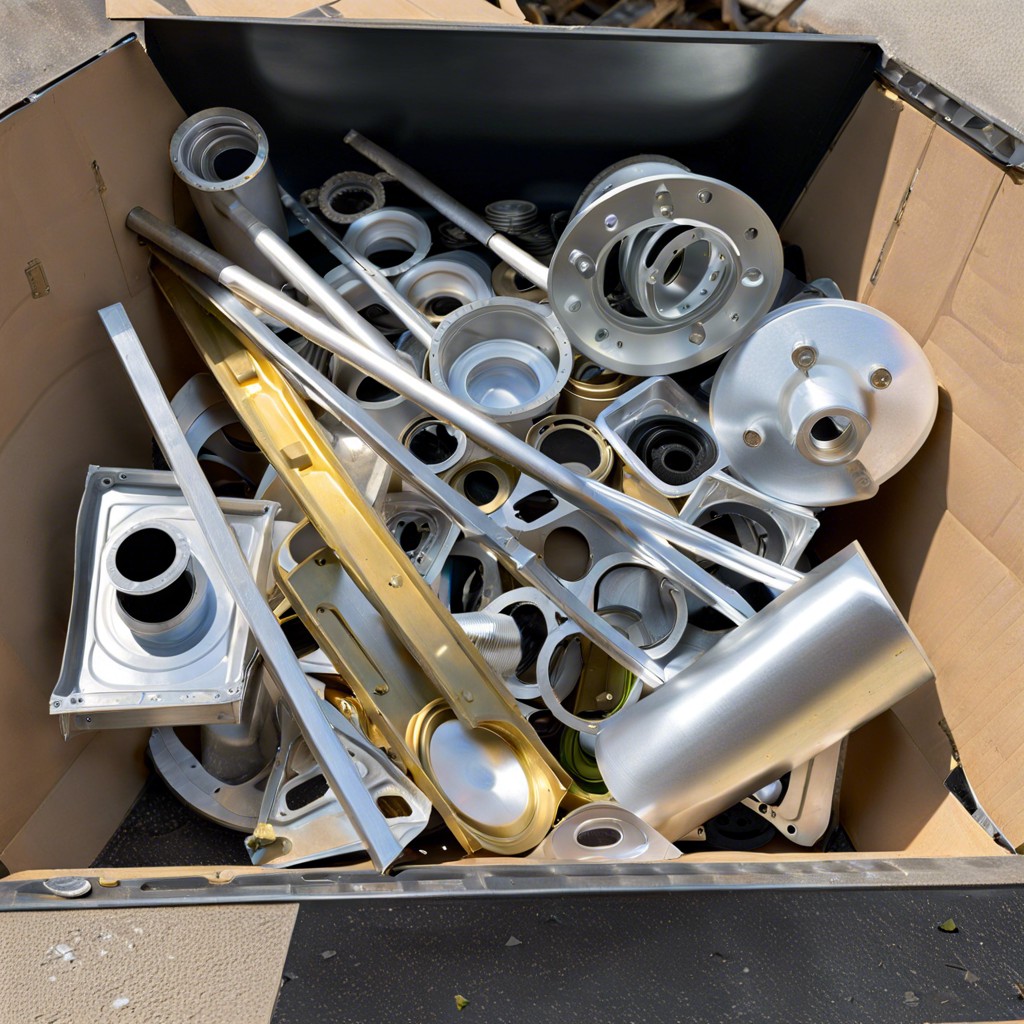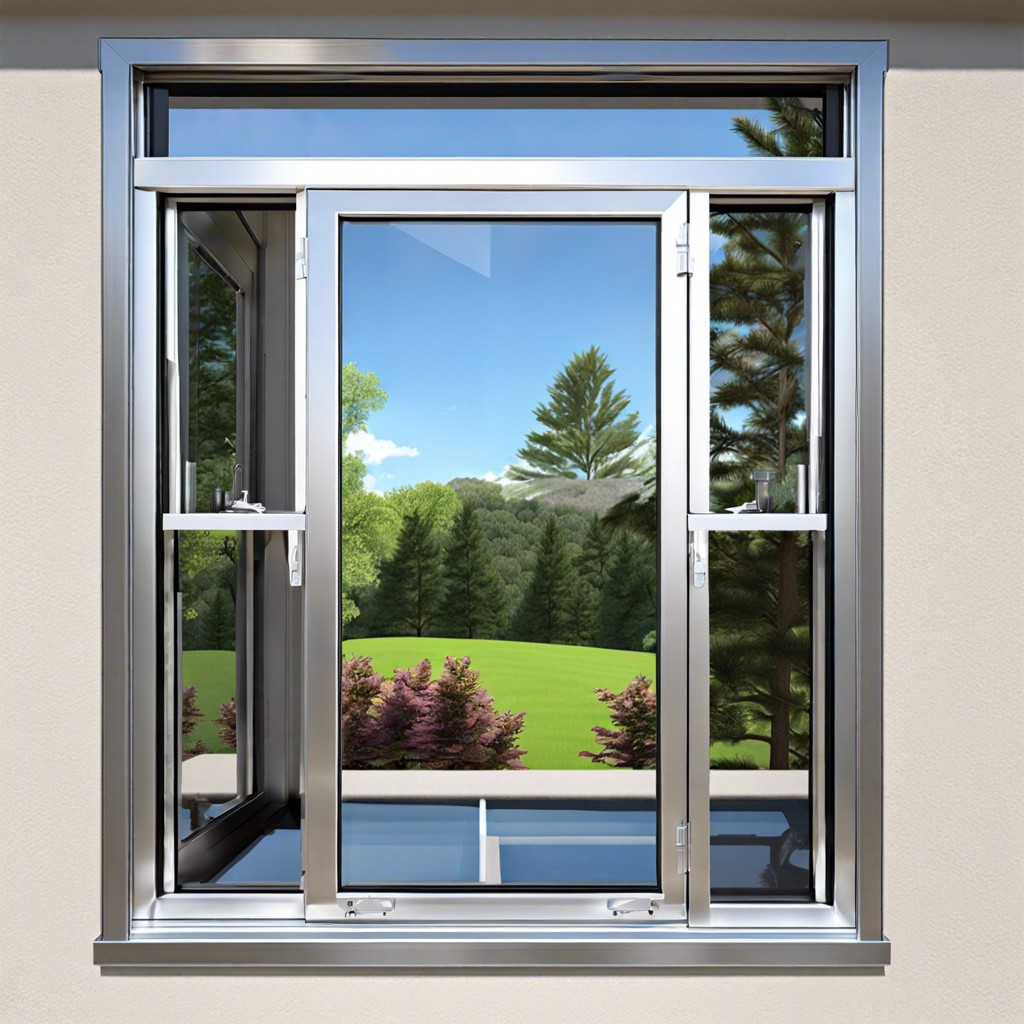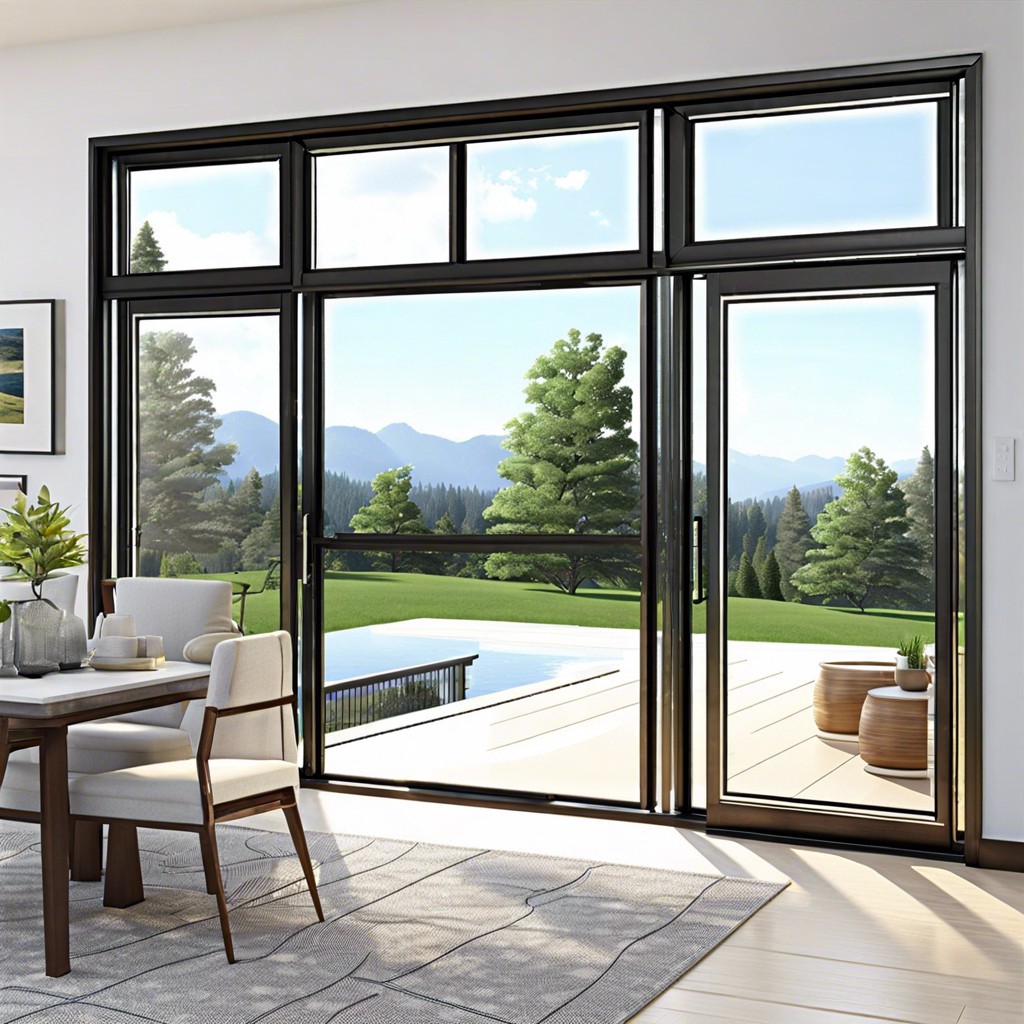Discover the simple steps to install a window screen without a frame, ensuring proper ventilation and protection from insects in your home.
Have you ever wanted to enjoy the fresh air without worrying about bugs flying into your home? Installing window screens can be a great solution, but what if your windows don’t have frames? Don’t worry, it’s still possible to install window screens without frames! In this blog post, we’ll walk you through the steps on how to do it. So sit back, grab a cup of coffee and let’s get started!
Key takeaways:
- Gather materials: measuring tape, screen material, tension springs, spline, fasteners.
- Measure window: measure height and width of the window opening.
- Choose screen type: consider fiberglass, aluminum, or pet-resistant screens.
- Cut screen to size: use measurements to cut screen material accurately.
- Attach tension springs: place springs in corners of the window frame.
Gather Materials
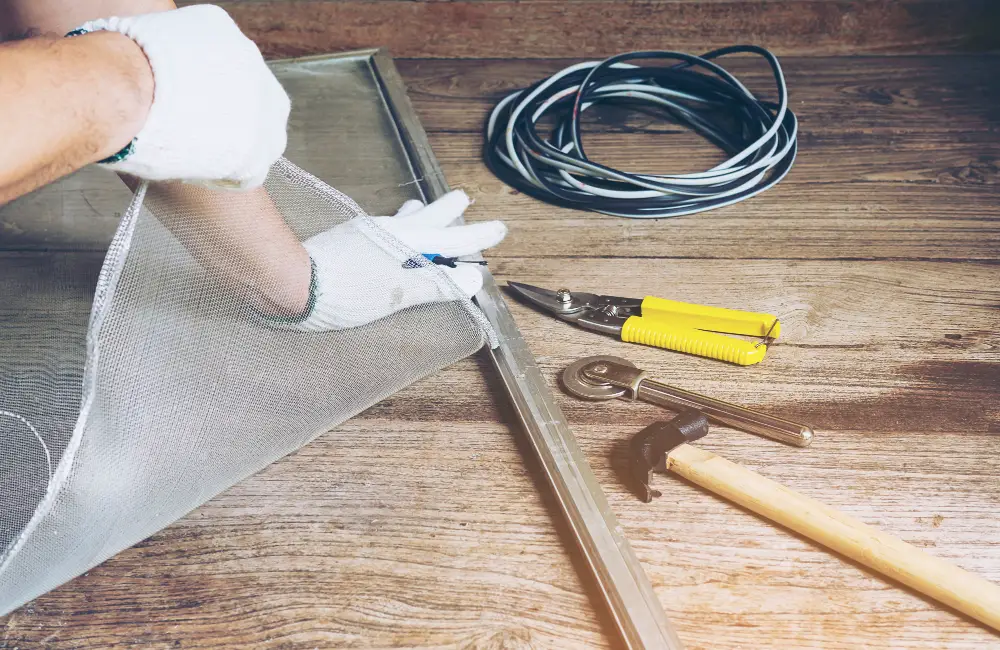
You’ll need a measuring tape, screen material (such as fiberglass or aluminum), tension springs, spline (a rubber cord used to hold the screen in place), and fasteners such as clips or screws. Make sure you have all of these items on hand before starting your project so that you can work efficiently and avoid any unnecessary trips to the hardware store.
Once you’ve gathered everything together, it’s time for step two: measuring your window!
Measure Window
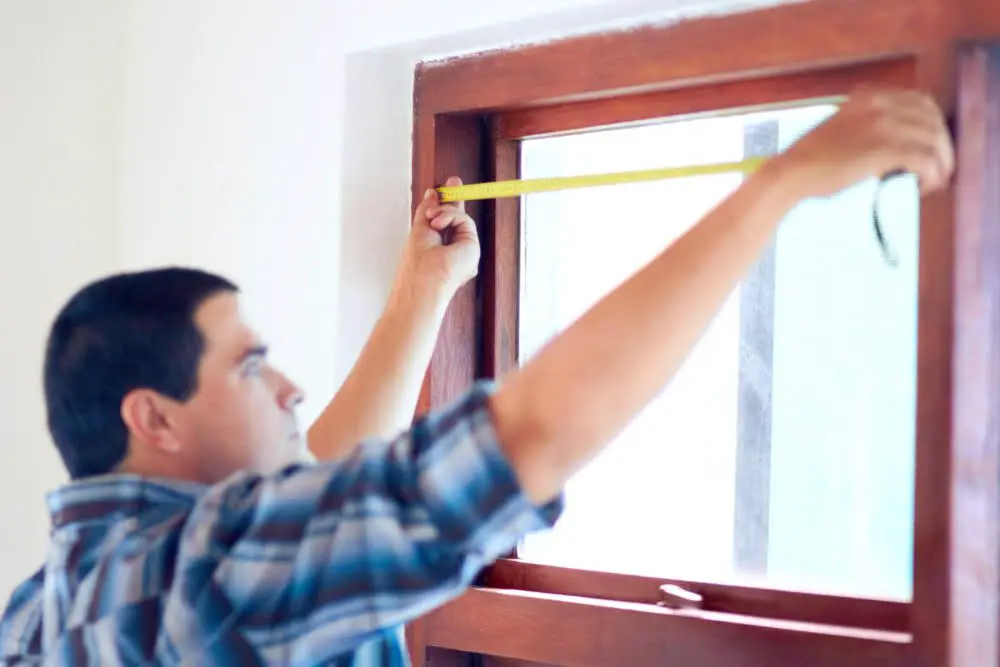
This will ensure that you get the right size of screen for your window opening. To do this, use a tape measure to determine the height and width of the opening where you want to install the screen.
Measure from inside edge-to-edge on both sides for width and top-to-bottom for height. Be sure to take accurate measurements as any errors can result in an ill-fitting or ineffective installation.
Once you have measured your window, write down these dimensions so that they are easily accessible when it comes time to cut your screen material.
Choose Screen Type
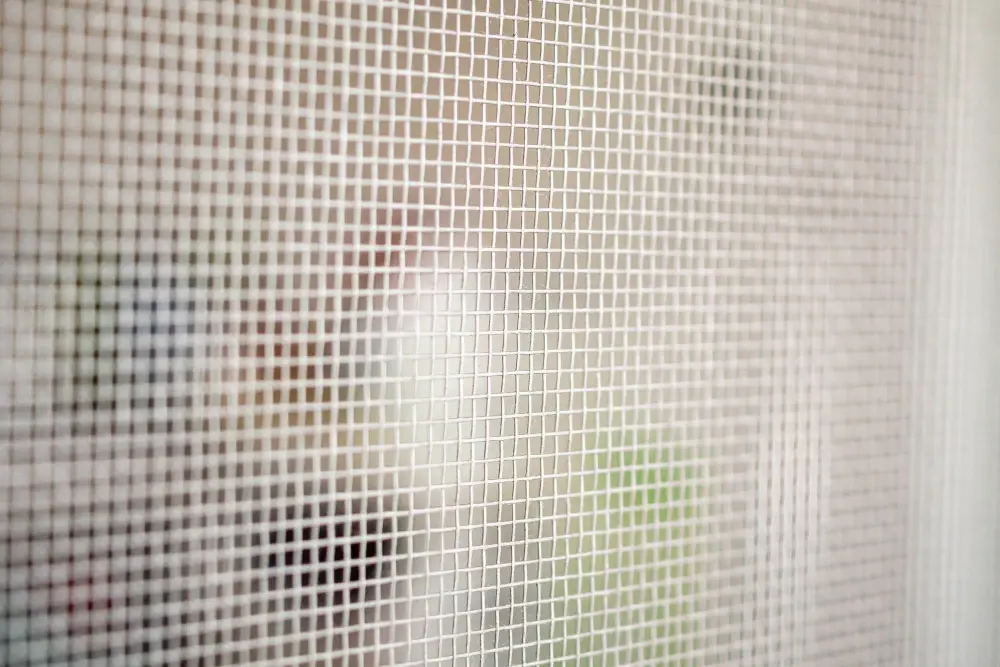
There are different types of screens available in the market, such as fiberglass, aluminum and pet-resistant screens. Each type has its own advantages and disadvantages.
Fiberglass screens are affordable and easy to install but may not be durable enough for high-traffic areas or homes with pets that scratch at them. Aluminum screens are more durable than fiberglass but can dent easily if hit by a hard object like a ball or tree branch.
Pet-resistant screens have thicker strands that make it difficult for pets to claw through them; however, they tend to be more expensive than other types of screen materials.
Consider your needs when choosing which type of screen material will work best for you.
Cut Screen to Size
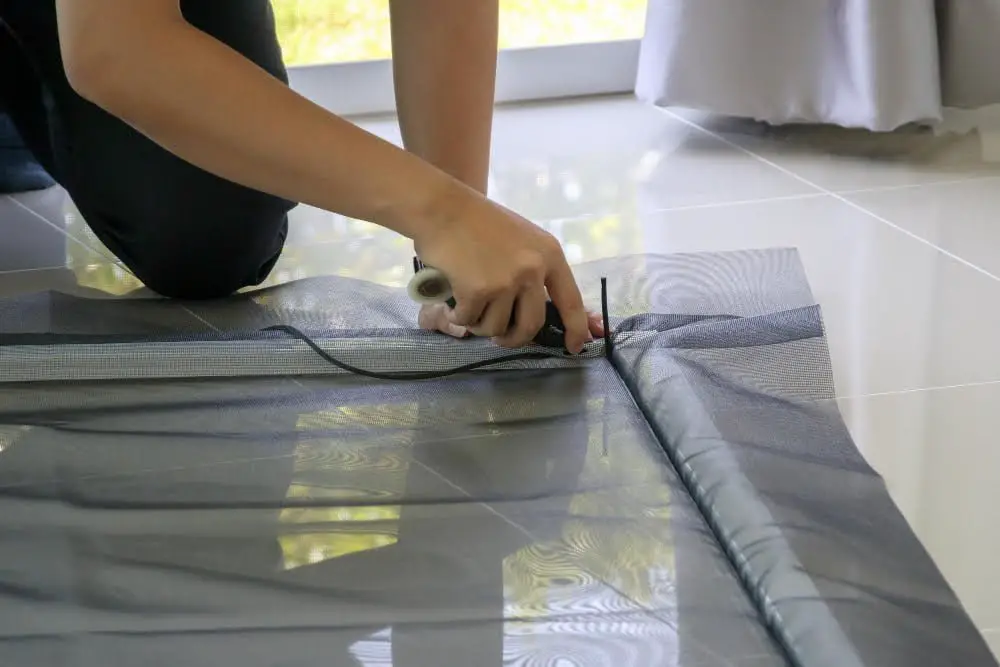
Use a measuring tape to determine the height and width of your window frame accurately.
D. Choose Screen Type.
Once you have measured your window, it’s time to choose a screen type that fits best with your needs and preferences.
E. Cut Screen to Size.
After selecting a suitable screen type, cut it down according to the measurements taken earlier using sharp scissors or utility knife for precision cuts. Make sure not leave any excess material as this can cause wrinkles in the final product which may affect its functionality.
It is essential also not cut too much off as this will result in an ill-fitting screen that won’t be able properly cover up all areas of concern on windows where bugs could enter through gaps between screens and frames.
Attach Tension Springs
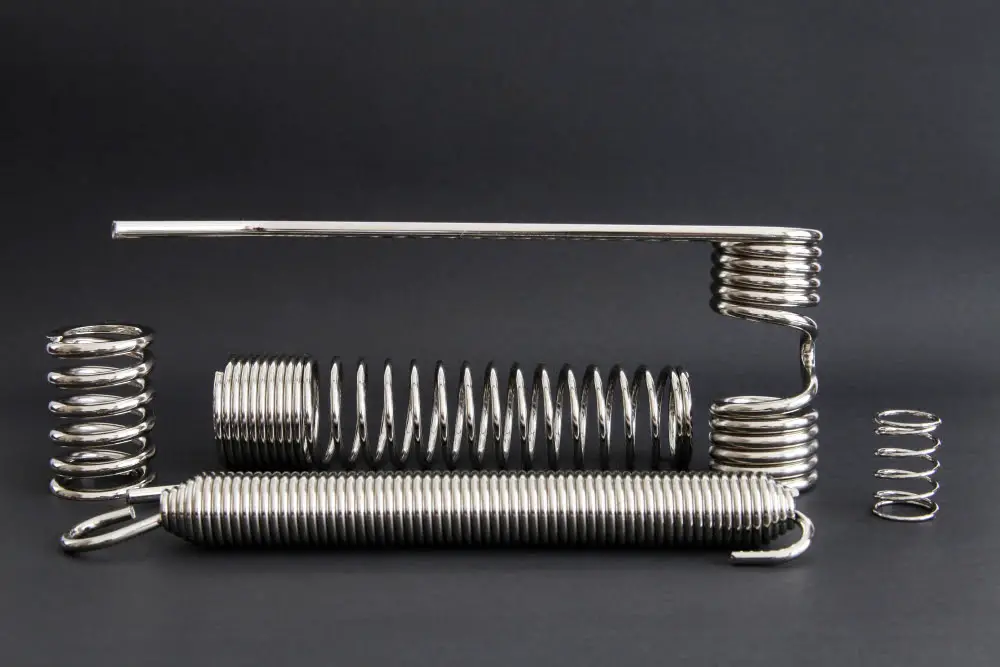
Tension springs are essential for keeping the screen tight and in place. To attach them, start by placing one end of the spring into a corner of your window frame.
Then use pliers or a screwdriver to stretch and hook the other end onto an anchor point on your window frame.
Make sure that you install enough tension springs along each side of your window so that they hold up against any pressure from wind or pets pushing against it. You can also adjust their position if needed by moving them closer together or further apart until you achieve optimal tension.
Install Screen Clips
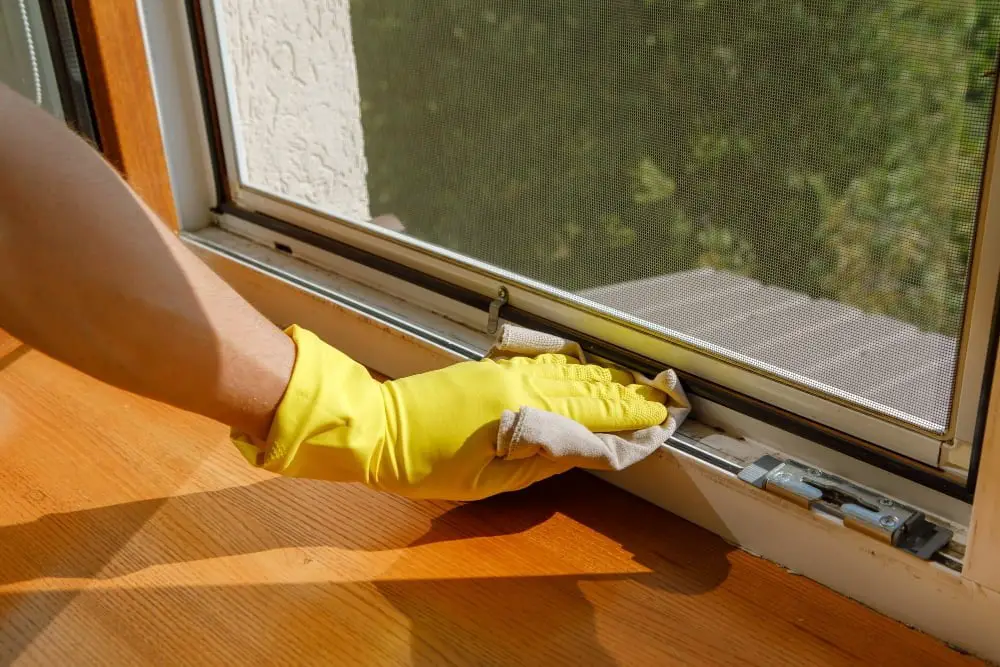
Screen clips are small pieces of hardware that hold your window screens in place. They come in different shapes and sizes, so make sure you choose ones that fit your window frame.
To install them, simply position each clip on the frame where it will hold the screen securely. Then use a screwdriver or drill to attach them firmly into place.
Make sure you space out your clips evenly along all sides of the frame for maximum support. Once they’re installed, gently press down on each clip with a finger or tool to ensure they’re secure enough before moving onto securing corners with spline.
Secure Screen Corners

This step is crucial in ensuring that your window screens stay in place and don’t fall out of the frame. To do this, use a flat-head screwdriver to push down on each corner until it clicks into place.
You can also use pliers or a rubber mallet if needed.
Make sure that all four corners are securely fastened before moving on to attaching spline and trimming excess screen material. If any corner feels loose or wobbly, double-check that you’ve properly installed both tension springs and screen clips.
Attach Spline
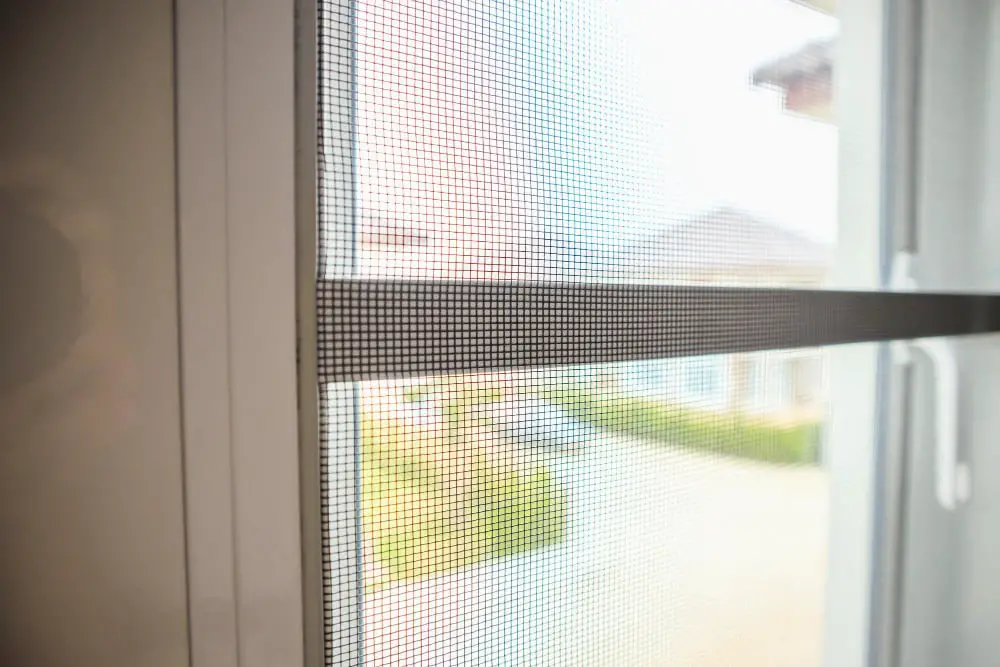
The spline is a rubber cord that holds the screen in place on the frame. To attach it, start at one corner and use a spline roller tool to press it into place along one side of your window frame.
Make sure that you pull tautly as you go so that there are no wrinkles or sagging areas in your screen. Once you’ve finished attaching one side of the spline, move onto another until all four sides are complete.
If any excess material remains after attaching all four sides of your window screen with splines, trim off any extra using scissors or a utility knife for neatness and precision.
Trim Excess Screen
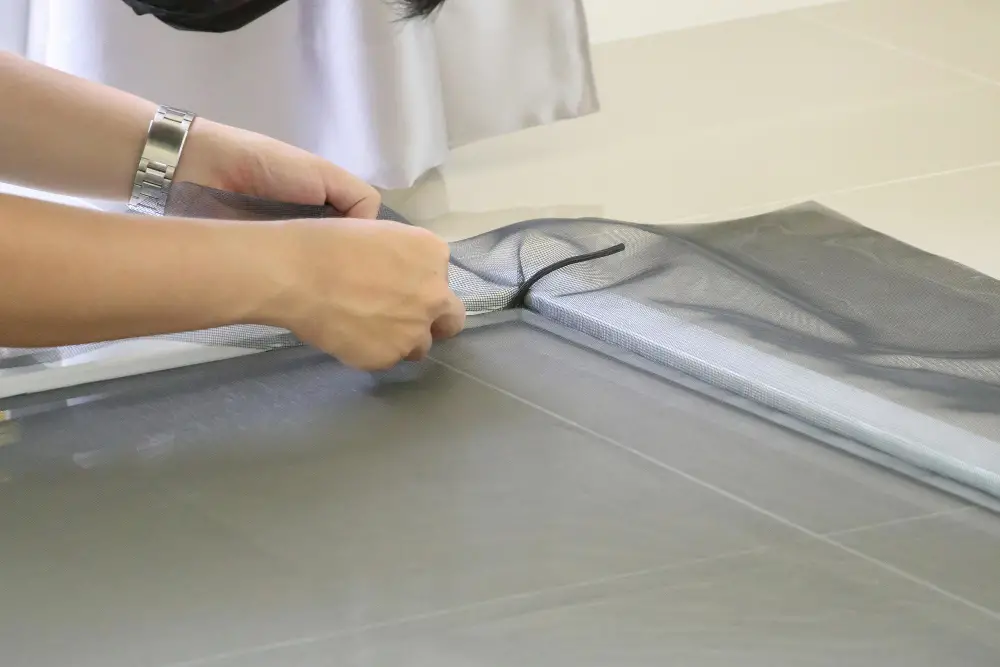
Using a sharp utility knife or scissors, carefully cut along the edge of the frame to remove any extra screen material. Be sure not to cut too close to the spline as this could cause it to come loose and require reinstallation.
Take your time with this step and make sure that all edges are trimmed neatly for a professional-looking finish. Once you’ve finished trimming, give your new window screen one final inspection before installing it back into your window frame.
Install Screen Fasteners
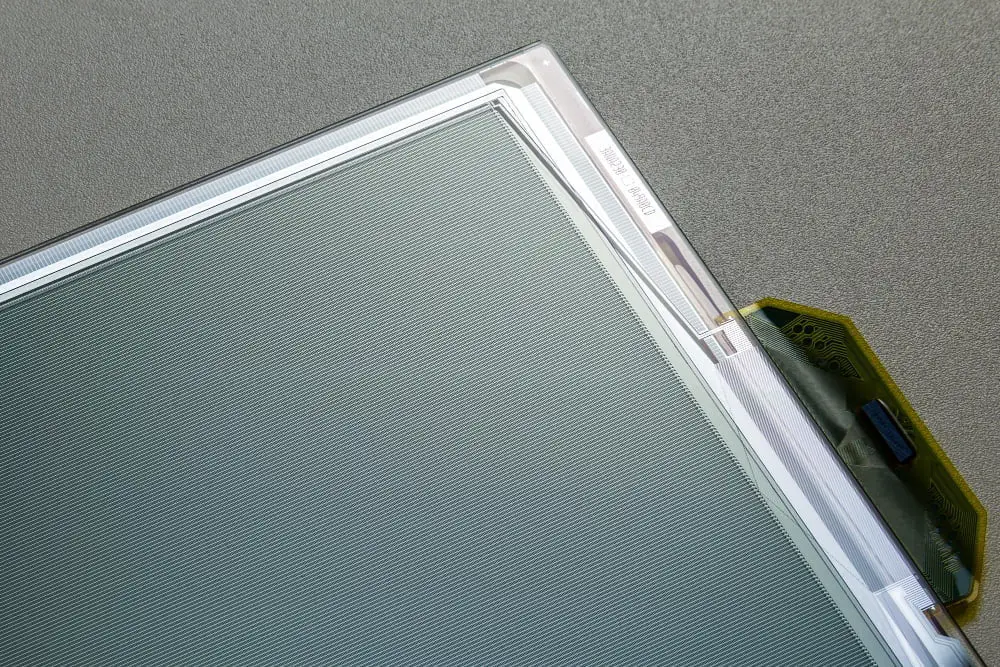
These will keep your window screens securely in place and prevent them from falling out or being blown away by strong winds.
To install the fasteners, start at one corner of the window frame and work your way around. Place a fastener every few inches along each side of the frame, making sure they are evenly spaced.
There are several types of screen fasteners available on the market today. Some popular options include clips that snap onto a lip on your window frame or screws that attach directly into wood frames.
No matter which type you choose, be sure to follow manufacturer instructions carefully for proper installation.
Final Adjustments
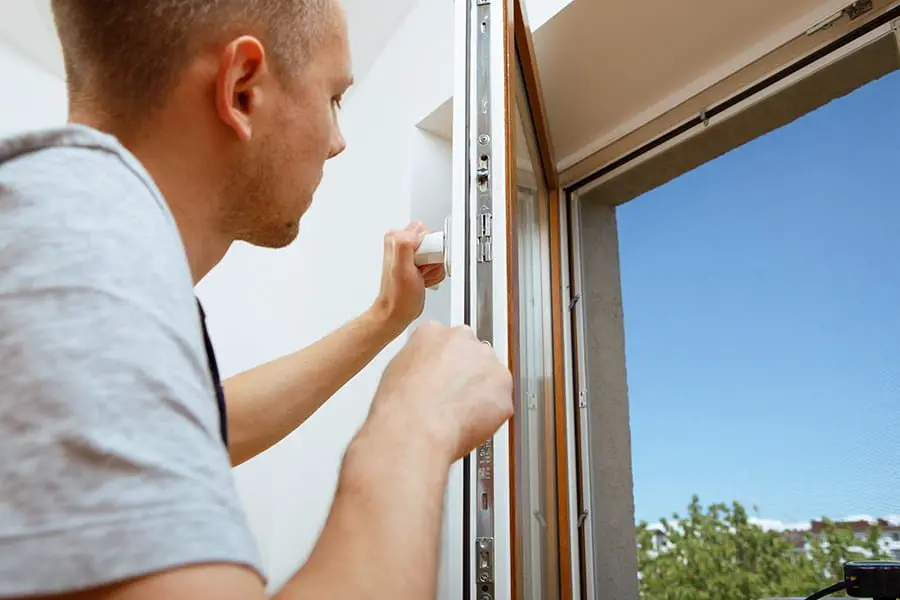
Check that the screen is properly aligned and fits snugly in place. If there are any gaps or loose areas, use a spline roller tool to adjust and tighten them up.
You may also want to test the tension of your springs by gently pushing on the screen from both sides. The tension should be strong enough so that it doesn’t sag but not too tight that it causes damage.
If everything looks good, give yourself a pat on the back! You’ve successfully installed a window screen without a frame! Enjoy your newfound fresh air while keeping pesky insects out of your home.
Remember, proper maintenance is key for ensuring longevity of your screens. Regular cleaning with mild soap and water can help prevent buildup and damage over time.
Maintenance Tips

Here are some maintenance tips to help you:
- Regularly clean the screen with a soft brush or cloth and mild soap and water.
- Avoid using harsh chemicals or abrasive materials that can damage the screen material.
- Check for any tears or holes in the screen regularly, especially after storms or high winds.
- Repair any damages as soon as possible using patch kits available at hardware stores.
- Store screens properly during off-seasons by cleaning them thoroughly and storing them flat.
Troubleshooting
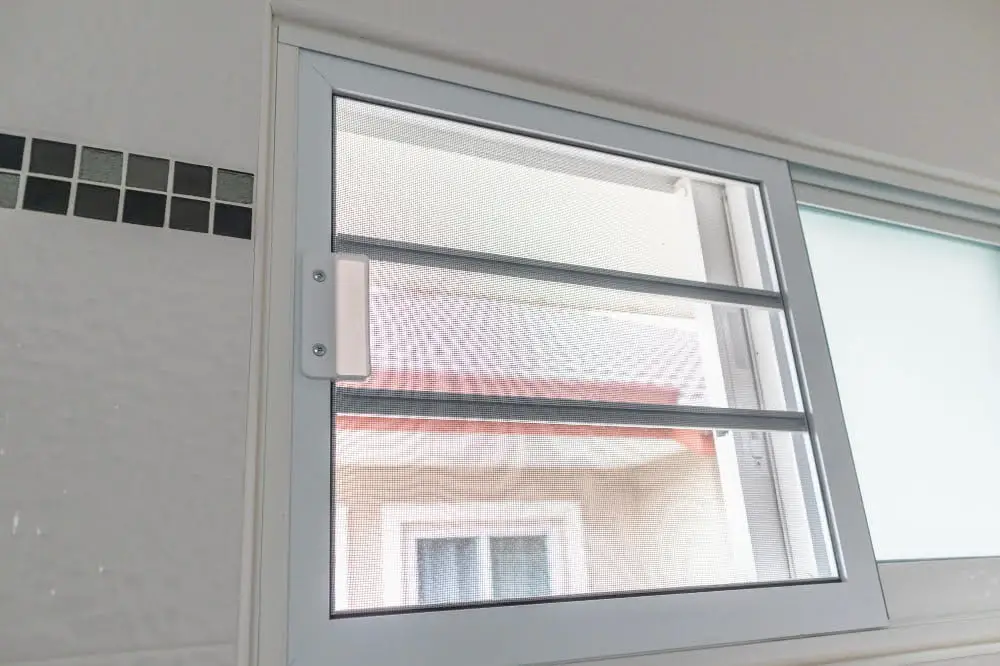
If you encounter any issues during the installation process, don’t worry! Here are some common troubleshooting tips to help you out:
- If the screen is too loose or falls out of the window, check if it’s properly secured with tension springs and clips. Adjust them accordingly.
- If there are gaps between the screen and window frame, make sure that all corners are securely fastened. You can also try adding more spline to fill in any gaps.
- If your screen appears wavy or uneven after installation, double-check your measurements and ensure that everything is cut straight. You may need to trim excess material from certain areas.
Remember that practice makes perfect when it comes to installing window screens without frames.
FAQ
Can you put screens on any window?
Yes, retractable screens can be placed on various types of windows, such as casement windows and double-hung windows, but they may be more expensive and complicated to install.
What holds a window screen to the frame?
A window screen is held to the frame by spring plungers, also known as plunger bolts, which use a metal tab that extends into a groove or hole in the frame to keep the screen in position.
What are the different types of window screens available for various window styles?
Various types of window screens available for different window styles include standard insect screens, solar screens, pet screens, security screens, and adjustable window screens.
How can you measure a window accurately for a custom screen installation?
To measure a window accurately for a custom screen installation, use a measuring tape to measure the width and height of the window from the inside of the frame, ensuring to measure at three points along each dimension and choosing the smallest measurements.
Are there any alternative solutions for window screens in case a traditional frame cannot be installed?
Alternative solutions for window screens include using magnetic, adhesive, or tension-mounted screens if a traditional frame cannot be installed.
Recap
